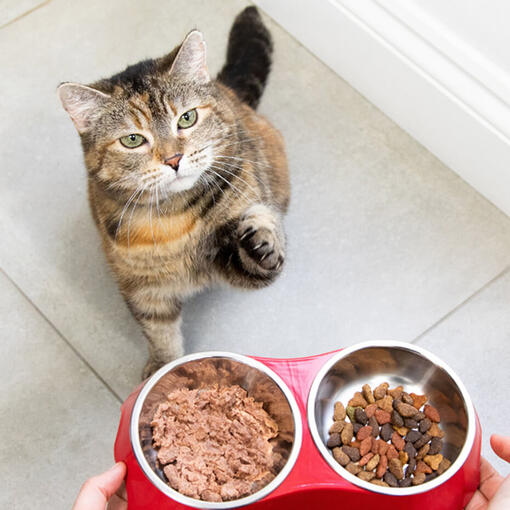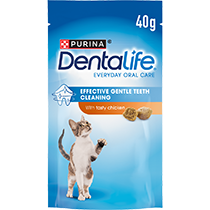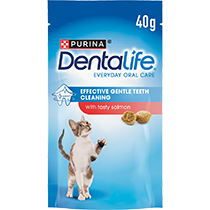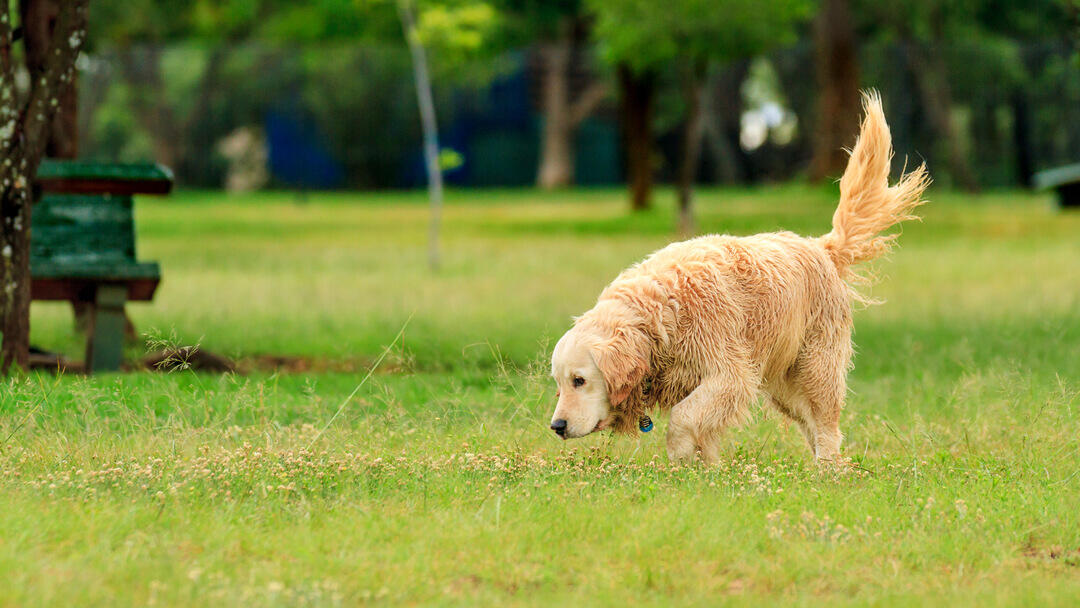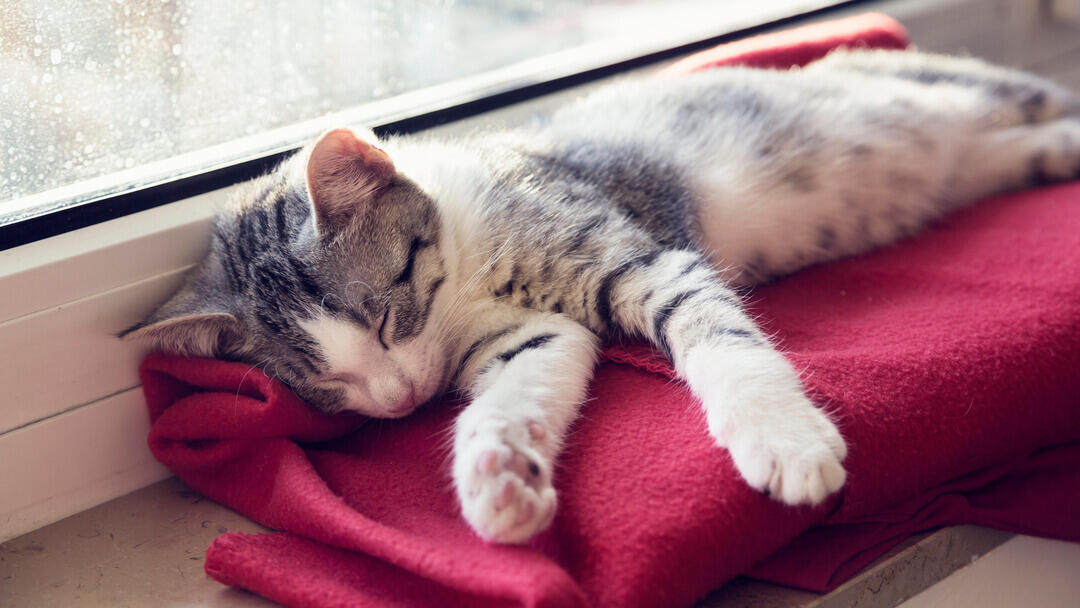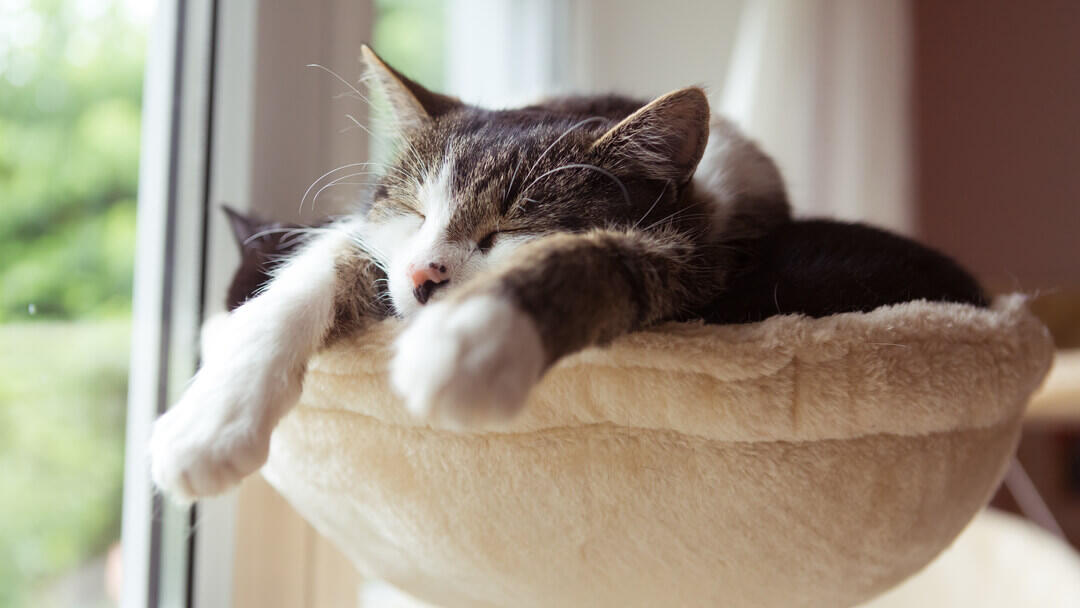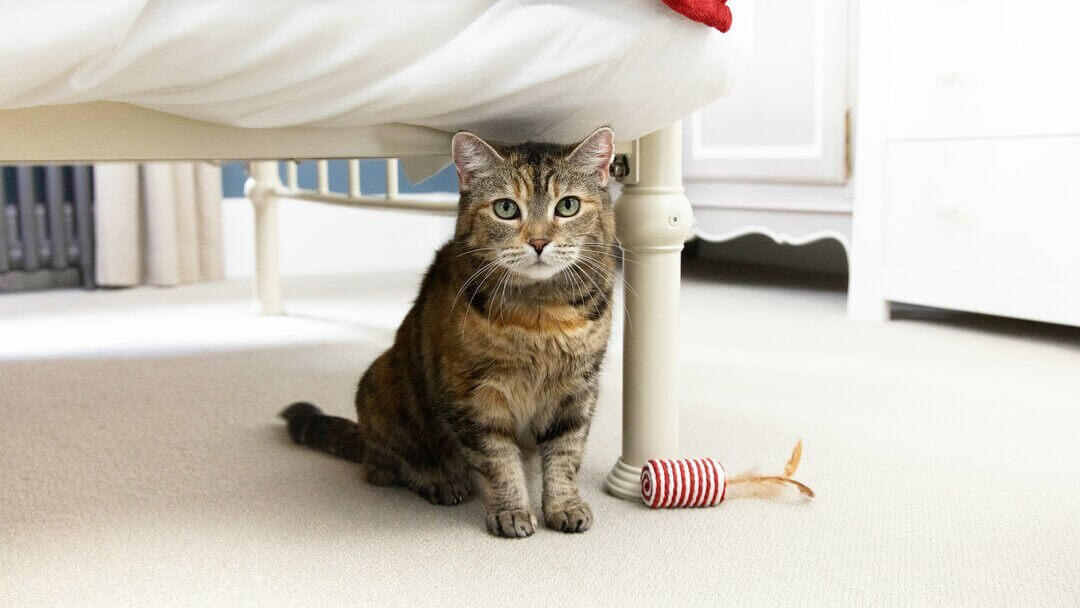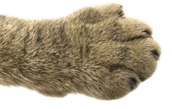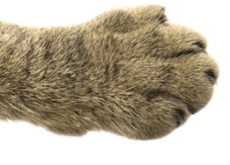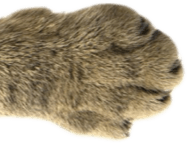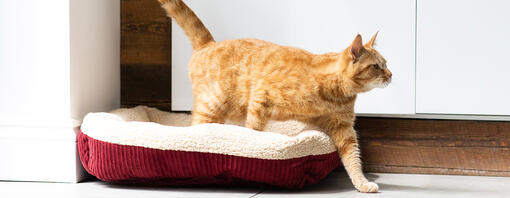
It's a common misconception that cats will only wag their tails when they're angry, but there's actually loads of reasons why they may do this. Find out everything you need to know about cat tail language in this article.
A cat’s body language can often be hard to decipher. Cats are very complex and every individual is different, so the way they tell you how they feel isn’t always obvious to us humans. It’s really easy to misread your cat’s behaviour, which can often result in being swatted away by an unhappy kitty when you go in for a pet at the wrong time.
One thing in particular that can help you understand how your furry friend is feeling is their tail. Contrary to popular belief, a cat’s tail is really expressive and can give you an invaluable insight into if they’re feeling playful, happy,scared or irritated.
Keep reading to discover the secrets behind cat tail language and discover more about your cat’s emotions.
What does it mean when a cat wags its tail?
Unlike dogs, cats often wag their tails when they are angry or upset, but it’s not always the case. Cat tail language is really sophisticated and can be an excellent indicator to your kitty’s emotions. Your cat could be wagging its tail because they're:
- Unhappy
- Annoyed
- In pain
- Looking for affection
By paying attention to the direction and speed of your cat’s wagging tail, as well as their body language, you can usually get a good grasp as to how they’re feeling. Let's look at the common cat tail signals that all owners are familiar with and what they might mean.
Cat tail up: happy and confident
An upright tail is a clear signal that your cat is feeling sociable and confident. It's their way of offering a friendly greeting, much like kittens do with their mothers. If your cat approaches you with their tail held high, they are open to interaction, making it a perfect time for petting, playing, or simply enjoying their company.
Cat tail look like a question mark: happy
A tail held upright with a playful curl at the end, resembling a question mark, is a sure sign of a happy and friendly kitty. This tail position is a clear invitation for interaction, so feel free to indulge your cat with some petting, playtime, or a bit of quality time together.
Cats low tail flick: angry, stressed, upset
The flicking tail movement, known as the low flick, is a quick back-and-forth action. If you notice this cat tail swishing, give them space as this means that they’re angry, stressed or unhappy and want to be left alone.
They might do this at the vet's office or if they're feeling overwhelmed. It's super important to give them space when you see this tail talk; otherwise, they might get more stressed. These are signs of aggressive behaviour, so be careful, as they might try to defend themselves.
Cat tail low wagging: scared
If your cat’s wagging tail is low, it’s generally an indicator that they’re scared. Their ears may also be pinned back, their body crouched low to the ground and if they’re really scared, they might tuck their tail between their legs too.
If you see your cat acting this way, it's best to give them some space and let them calm down. Try to figure out what's spooking them – maybe it's a loud noise or a stranger in the house – and see if you can remove the source of their fear.
Cat tail swishing side to side: annoyed
When their tail slowly swishes from left to right, this tells you that they’re feeling mildly annoyed. It’s a good idea to give your cat space if you see this as it could quickly transform into the angry low flick.
Cat swishing tail fast: playful mood
Sometimes this cat tail swishing can be confused with the angry low flick, however it couldn’t be further from how they’re feeling. The quick side to side swish occurs when your cat is feeling playful and will often be followed by a pounce. This behaviour is most commonly seen when playing with toys and will be coupled with dilated pupils and forward pointing ears.
Cat tail twitching: focused
If you notice your cat’s tail doing a short, quick twitch, it usually implies concentration. You’re most likely to see this cat tail language when they’re window-watching a small critter or bird, and they may even display strange cat sounds like chirping or chattering.
Cat tail quivering: excited
The tail quiver is quite possibly the cutest tail action, as it means that they’re excited to see you! Your cat will approach you with their tail high up in the air and the tip will do a little quivering movement, similar to how a rattlesnake shakes their tail.
They use this cat tail language to signal to you or other cats that they’re ready for interaction and will usually purr, rub their face on you and sometimes might also meow happily.
Cat wrapping their tail around you: showing you love
While they are known for their independent nature, cats express affection for their human companions in subtle yet meaningful ways. Wrapping their tail around a person's hand, arm, or even neck is one such gesture, signifying a deep sense of trust and closeness. However, this behaviour is relatively uncommon in the feline world. Cats typically reserve tail wraps for other feline companions or, in some cases, their human family members they share an exceptionally strong bond. More frequently, cats demonstrate affection through gentle head butts, a behaviour known as "bunting," which serves to deposit pheromones and mark their humans as part of their trusted inner circle.
Fluffed up cat tail: feels in danger
When your cat’s tail gets really fluffed up, it’s because they feel as though they’re in danger. They generally do this during a confrontation, whether with another dog, cat or maybe with your super scary hoover. According to research, they fluff up to try and make themselves look larger and scarier to their foe, which is why they’ll arch their back too.
Cat tail wagging while sleeping: the sleep twitch
Sometimes when your cat’s sleeping and you pet or talk to them, they might twitch their tail. This cat tail language is their way of saying, “I know you’re there, but I feel safe enough to carry on snoozing anyway.”
Cat swishing tail while lying down: might be in pain
Dr. Ernie Ward also suggests that sometimes cat tail wagging may indicate that they’re in pain or feeling unwell. If your cat’s lying down and waving their tail whilst also behaving out of sorts – such as going off their food or spending a lot of time in hiding – they may be feeling under the weather. If you’re concerned about your cat’s health, take them to the vet as soon as possible for a diagnosis.
Now you know all the reasons why cats wag their tails! Don’t forget to pay attention to your cat’s tail language the next time you go in for a cuddle – it’ll help to avoid surprise whacks or nips!


